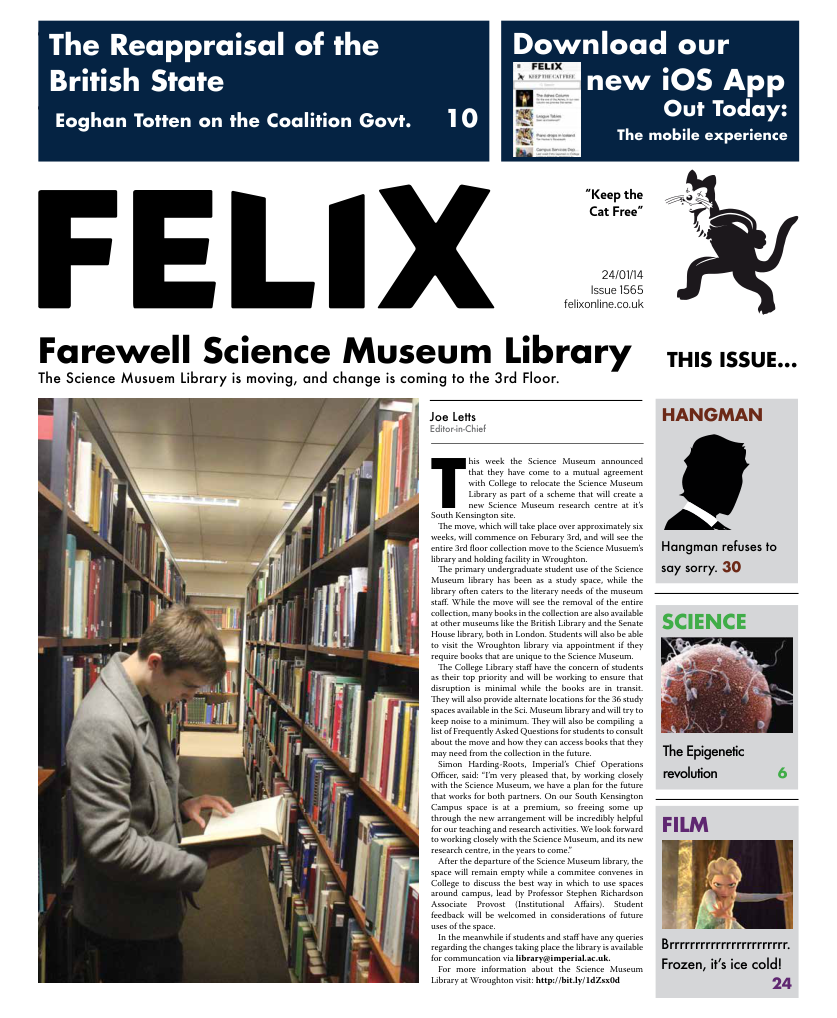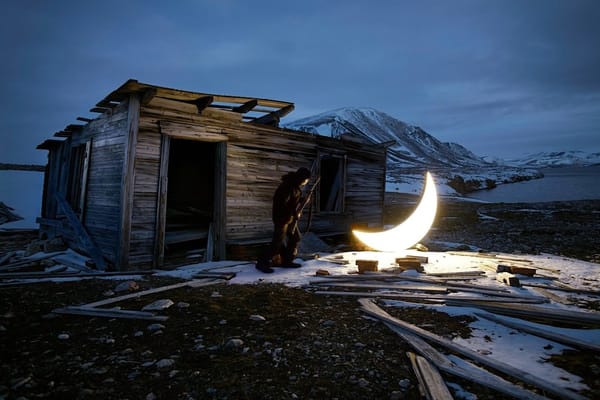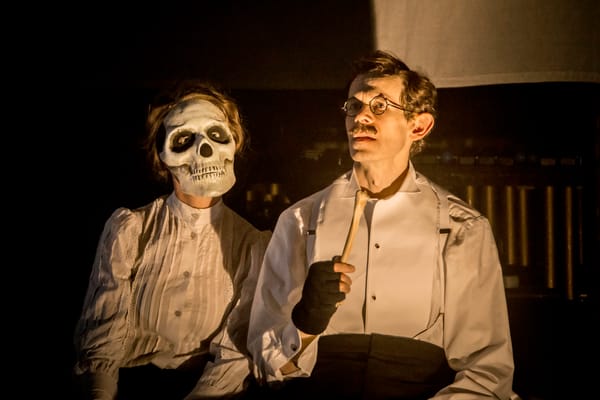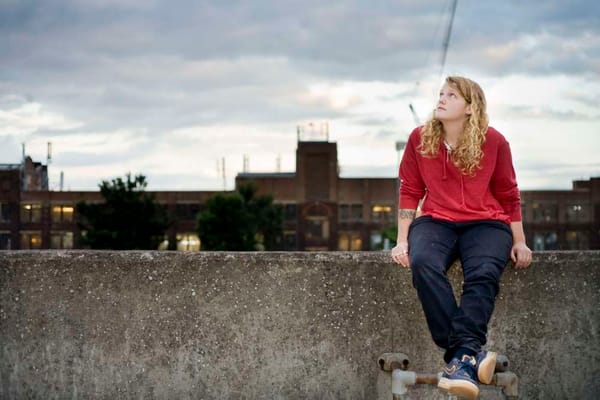The Secret Photographers
Fred Fyles gets a glimpse of the works of Warhol, Burroughs and Lynch
What: Burroughs, Lynch and Warhol: The Secret Photographers
Where: The Photographer’s Gallery
When: 17th January - 30th March
Price: £4, £2.50 concessions, occasionally free
The Photographer’s Gallery, nestled in the heart of the West End, is playing host to a triumvirate of titans of 20th century American culture: Andy Warhol, William Burroughs, and David Lynch. Or maybe that should be: Andy Warhol. William Burroughs. David Lynch. The gallery has decided to stage this exhibition not as a single collection, but rather as a trio of separate exhibitions, each exploring the seldom seen photographs of these masters. The result is an experience that is rich in scope, but perhaps somewhat underwhelming.
Out of the three, it is Andy Warhol who has the most obvious link to photography; the pop-art polymath’s work was often based upon photographs, and the idea of celebrity culture – along with the media exposure that accompanies it – is a running theme throughout his career. Warhol saw the advent of the ‘point and shoot’ camera as a means to expand his obsessive documentation of his daily life. The selection of black and white prints on display act as a time capsule from 1970s Manhattan, but the themes that underlie much of Warhol’s more formal work shines through: there are shots of the inside of pantries, documentations of consumerism, and an obsession with signage. Celebrity spotting gets an obligatory mention, best documented by his candid shot of Jean-Michel Basquiat looking up mid-bite, a forkful of pastry on its way to his lips, which is reproduced and stitched together. However, since Warhol would often shoot an entire roll of film a day, it seems like an arduous task to cut such an extensive collection down to just 50 shots, and one wonders how much we are missing out on.
While Burroughs found fame as an author and essayist, the rarely-seen photos on display here reveal his skill as a photographer. Perhaps appropriate for such a leading light of the Postmodernists, Burroughs takes a much more analytical approach to photography than Warhol, often cutting and splicing his frames together into dense and rich collages. His series What Was, What Isn’t, in which he photographed his bed before and after having sex with his lover John Brady, forms a mediation on the power of photography to conjure up ghosts from the past, and places it in a similar role to the unreliable narrator in his literary work. He applies his ‘Cut-Up’ technique to portraiture, creating freakish, unnerving splices that precede the work of John Stezaker by 20-odd years. While the pieces manage to be both candid and analytical, the lack of context provided can make them seem – especially to someone like me, who isn’t overly familiar with Burroughs’ work – somewhat heartless.
Any disappointments I may have felt with the first two sections however were instantly erased when presented with the Factory Photographs of David Lynch. Around 80 shots of disused factories in Poland, Britain, and the US line the walls of the gallery, while an atonal soundtrack, created by Lynch himself, serves to reinforce the ominous mood. Given his illustrious career as an auteur of American cinema, it is perhaps unsurprising that his work is the most consistent, featuring tightly framed shots of urban decay in shades of black and white which border on aggressive. The shots recall Bernd and Hilla Becher’s exploration of industrialisation, but while the Bechers’ work is ordered and playful, Lynch’s is painted in much darker tones. Grimy close-ups of pipes and puddles create a setting that wouldn’t look out of place in his 1977 masterpiece Eraserhead; one almost expects the shots to feature the Girl in the Radiator, or any other of his twisted creations, but instead they are desolate and barren, and perhaps all the better for it.
While the exhibition may have its highs and lows, it is extremely interesting to see how these three artists fit photography into their oeuvres, and explore the themes that permeate the rest of their work. The Warhol and Burroughs give us a candid, and seldom seen, look at their lives, but it is Lynch who stands out head and shoulders above the others, with work that is both eerily beautiful, and horrifically unsettling.









